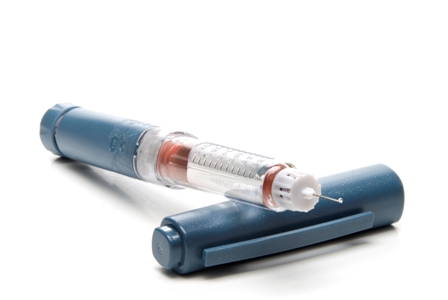A recent FDA Guidance document titled “Development of Therapeutic Protein Biosimilars: Comparative Analytical Assessment and Other Quality-Related Considerations” outlines recommendations on the design and evaluation of comparative analytical studies intended to support a therapeutic protein product. This includes conducting an appropriate physicochemical and functional comparison of the stability profile of the proposed product, accelerated and stress stability studies, as well as forced degradation studies.

A common approach for drug development includes the use of ICH stability conditions to subject the product to varying environmental conditions. Subsequent stability pulls are tested against a battery of tests to ensure the safety, purity, and potency of the drug product. Take the case of an injectable biologic product. Depending on the firm’s risk appetite and the regulatory pathway, the initial GMP batches are; filled in a vial or pre-filled syringe, packaged, and carefully carted to the stability chambers for their iterative cadence of stability followed by analytical testing. Acceptable stability profiles against the various product tests keep the program alive. Fast forward to design verification, where the device portion of the combination product is put through the ringer. Typically, this includes a bombardment of physical stressors on the final-finished package configuration, which simulates a variety of transit conditions one would expect for the mode of distribution chosen for the given product. The resultant units are commonly placed into ICH stability conditions where an iterative cadence of stability is followed by physical testing to ensure the functionality of the device. Such tests include mechanical testing, particulate analysis, and container closure integrity, to name a few.
Where’s the gap? The early stage GMP batches put on stability were never subjected to physical stressors, from a dynamic perspective. During design verification, the product was subjected to physical stressors, from a dynamic perspective, but was not scrutinized from an analytical perspective. Furthermore, recurring stability studies during commercial production will likely not account for the stress put on the product during transit and distribution.
Where’s the problem? Injectable biologic products are some of the most sensitive therapies in development and on the market. Using the example of proteins, the efficacy of these highly complex molecules can sometimes depend on low-energy interactions such as hydrogen bonding and van der Waals forces. Subjection of these molecules to the harsh conditions of transit and distribution can; alter their conformations, cause precipitation or aggregation, or accelerate degradation. By not testing the product against the analytical battery of tests after transit and distribution simulation, application holders run the risk of an adverse event happening in the field.
R&D Scientists and Engineers should consider the dynamic component when executing stability studies, no matter the stage of development. Additionally, biosimilar application holders should closely examine innovator package configurations when reverse engineering those products. Subtle choices of syringe placement, tray design, and carton design can impart differing forces onto the drug product within the device. Lastly, as biologic products evolve into pen-injectors for home administration, application holders ought to consider the conditions likely to occur between the pharmacy and the patient’s home fridge or freezer.
Although the package and distribution lab is typically located in the basement (due to the requirement to put vibration tables on a solid foundation), or at a third-party testing laboratory, it is not a scary place and one R&D scientists should consider visiting more often.
For more information, or to answer any questions you may have about distribution or stability testing, please contact us or call us at (800) 229-4235.